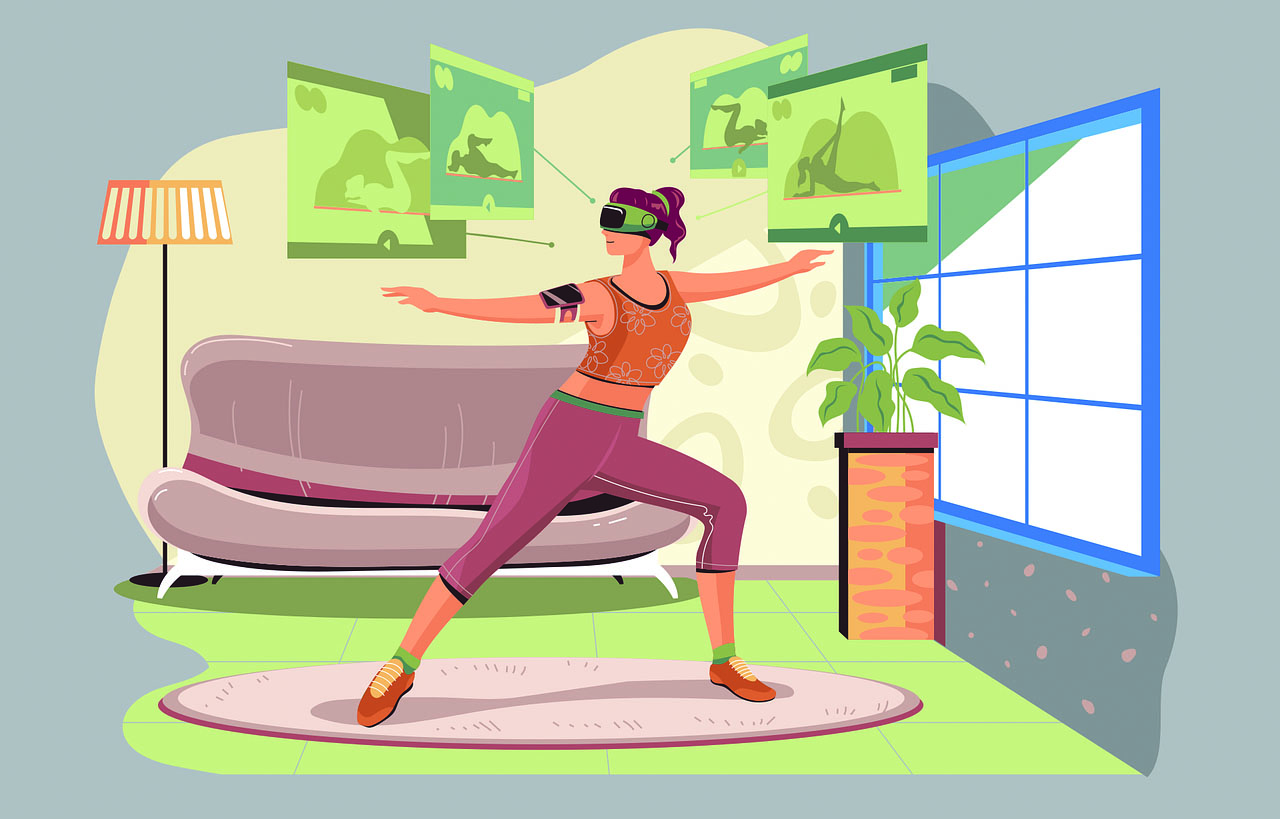Is it possible to travel from the comfort of your own home? This is a question I’ve asked myself many times, especially when I feel as if I’m chained to my desk. Whilst we all know that it is impossible to physically travel without jumping in a car, plane, train, etc, some people argue that it is possible to experience the emotions of travel without moving a mile. This can be done through both abstract means of meditation and ‘reality shifting’, and more literal means of engaging in VR and online travel simulators.
Reality shifting is a relatively new phenomena, dominating TikTok and YouTube, in which one’s consciousness is moved from their current reality to their desired reality. This concept is based on the multiverse theory which argues that every decision or action we make shifts us into a new reality. Therefore, every possible decision or action we make creates an alternate reality. Shifting is a complicated concept to understand and has limited to no credible scientific proof, minimising its plausibility. Despite the numerous videos I have watched, claiming that people have ‘shifted’ realities to places like Hogwarts, I am not entirely convinced.
However, if it is possible, it is a method of travelling to your dream destination without physically moving and even better, spending any money. Although, ‘shifting’ comes with the warning that these alternate realities may be so good that you won’t want to leave them. Who would want to return to their reality of 9am lectures if instead they are able to visit their dream destination?
A slightly more realistic way to feeling the emotions of travel without actually travelling is through meditation, in particular guided visualisation. It has been proven that guided imagery can reduce fear, anxiety, the frequency of headaches, and psychological stress in cancer patients. It is a practice which involves each of the five senses and supposedly sends healing messages throughout the body. The possibility of visualising a beach or another travel destination, alongside reducing stress is one I can get behind and something I intend to try out myself.
There are also methods of experiencing travel from your own home more literally, without relying on unproven trends. Virtual reality has been on the rise in the past ten years and is no longer only for gaming. Some examples of travel in virtual reality are: National Geographic Explore VR (in which you can visit Antarctica or Machu Picchu in Peru), Ecosphere (where you can explore the savannahs of Kenya or the ancient jungles of Borneo), and Alcove (which includes city tours and hot air balloon rides).
The concept of travelling through VR was also taken on board by the Marriott Hotel in 2014 as they created the 4D Teleporter which took guests on an immersive trip to London or Hawaii. This only lasted for eight weeks, but it is still demonstrates the ability to experience travel in a nontraditional manner. Similarly, travel is often intertwined with gaming, with popular travel destinations used as a location for various games such as Far Cry 4. Whilst this isn’t directly experiencing the emotions of travel, it is potentially the most literal way of experiencing travel beside traditional travel itself.
After researching potential ways to travel from home, I came to the conclusion that it is somewhat possible to experience the emotions surrounding travel without literally travelling. However, nothing will compare to the feeling of exploring a new place, meeting people, and experiencing a culture different to your own.
